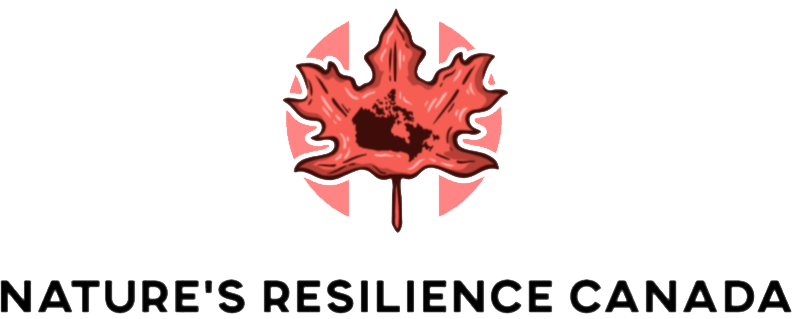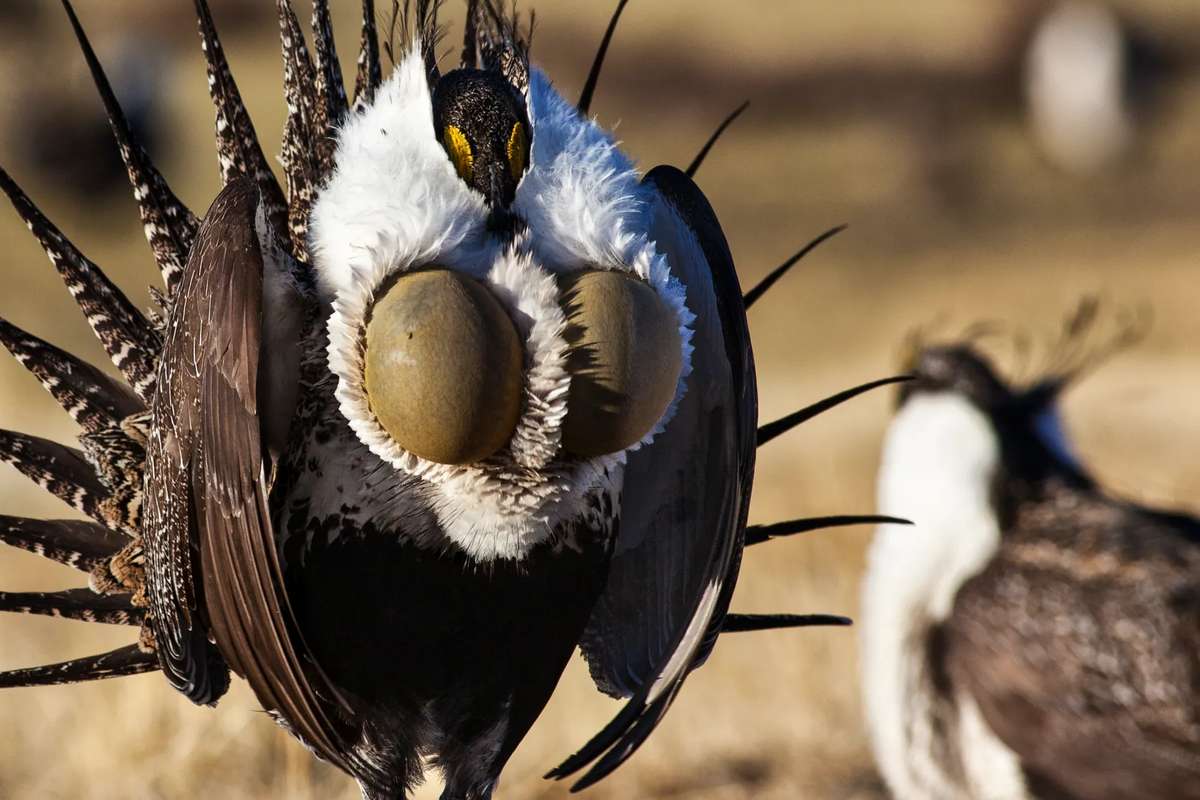The Federal Species at Risk Act (SARA) is a key piece of Canadian legislation aimed at protecting endangered and threatened species in the country. It was passed in 2002 to prevent wildlife species from becoming extinct or disappearing from Canada and to help in their recovery if they are already at risk.
SARA is a vital tool in conserving biodiversity, which is essential for maintaining healthy ecosystems and ensuring that future generations can enjoy the natural beauty of Canada.
What Does the Species at Risk Act Do?
SARA works by identifying species that are at risk of extinction, and then providing legal protection to those species and their habitats. This includes mammals, birds, fish, plants, and other wildlife.
The goal is to stop the decline of endangered species and help them recover to a healthy population level.
The process begins with a scientific assessment conducted by a group of experts called the Committee on the Status of Endangered Wildlife in Canada (COSEWIC). They evaluate the species and place them into categories based on how much risk they face. These categories include “endangered,” “threatened,” “special concern,” and “extirpated” (which means the species no longer exists in the wild in Canada but may still exist elsewhere).
Once a species is officially listed under SARA, the government must take action. This includes creating recovery strategies and action plans that outline the steps needed to protect the species and its habitat.
SARA also prohibits harming or killing individuals of listed species and damaging their critical habitats.
Endangered Species in Canada
Canada is home to many unique species, and some of them are currently at risk of extinction due to habitat loss, pollution, climate change, and other factors. Some of the most well-known endangered species in Canada include:
- Woodland Caribou: The woodland caribou, found in forests across northern Canada, has been declining due to habitat destruction caused by logging, mining, and other industrial activities. Their numbers have dropped significantly, especially in southern regions.
- Atlantic Puffin: This seabird, known for its colorful beak, is threatened by changes in ocean ecosystems, particularly due to warming waters and reduced fish populations.
- Southern Resident Killer Whale: These orcas, found off the coast of British Columbia, are endangered mainly due to pollution, noise disturbance from boats, and a declining food supply, particularly chinook salmon.
- Leatherback Sea Turtle: The leatherback sea turtle, one of the largest marine turtles in the world, faces threats from fishing nets, ocean pollution, and loss of nesting sites.
- Piping Plover: This small shorebird that nests on beaches is endangered because of habitat loss caused by human activities such as construction and beach recreation.
How Can People Help?
There are several ways that individuals can support the goals of the Species at Risk Act and help protect endangered species in Canada. Reducing our environmental impact, such as minimizing pollution and protecting natural habitats, plays a huge role.
People can also support conservation organizations, participate in local environmental initiatives, and follow government regulations designed to protect wildlife.
In short, SARA is an essential law that helps Canada fulfill its responsibility to protect vulnerable species and maintain the country’s rich biodiversity for future generations.

